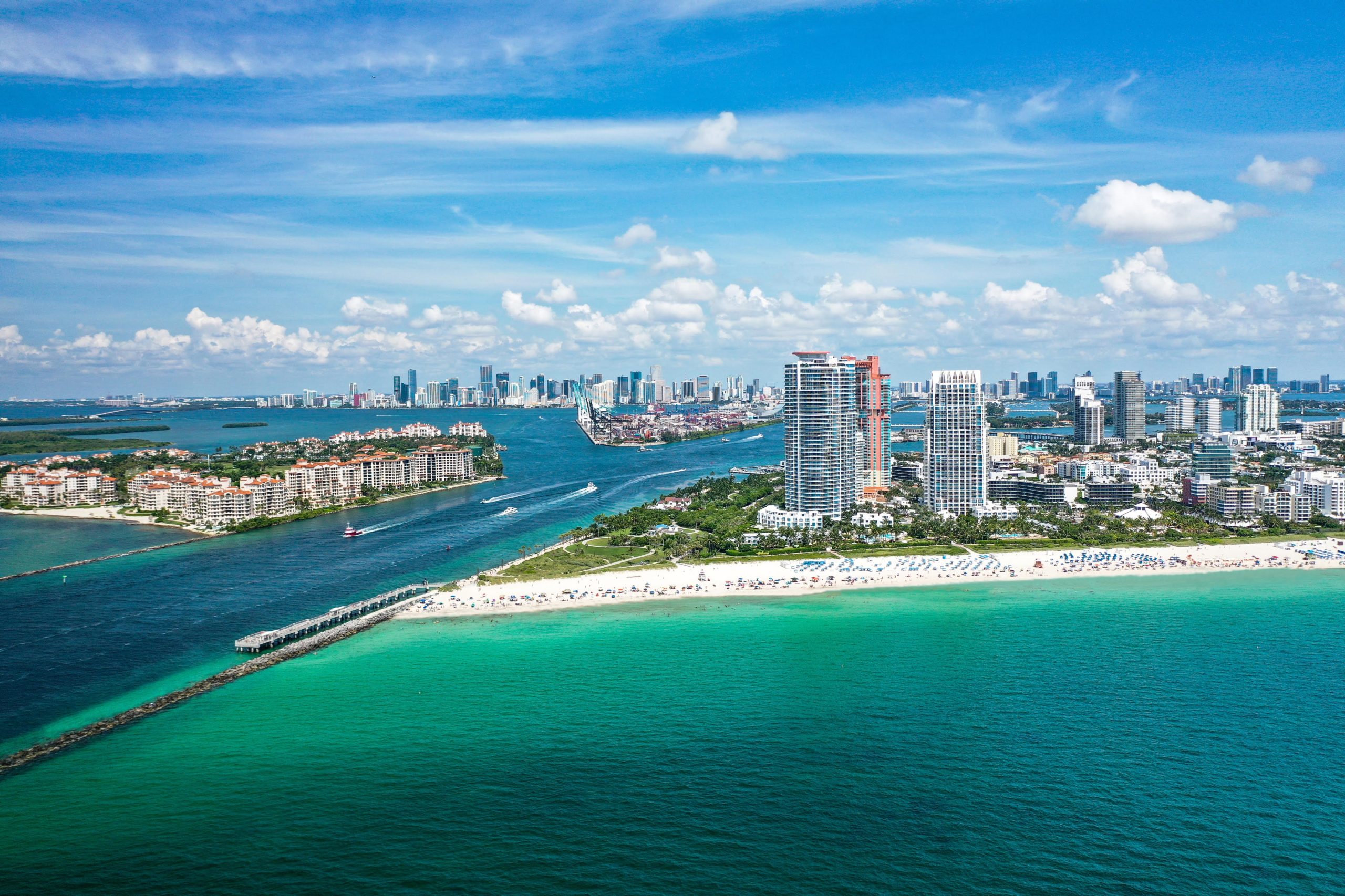
Miami Architecture: A Vibrant Tapestry Of Styles And Influences
Miami is a metropolis renowned for its diverse cultural influences, stunning beaches, and a 24/7 night life. Yet, beyond its vibrant culture and glamorous reputation lies a rich architectural landscape that reflects the city’s unique history, climate, and multi-cultural character.
Let’s delve into the world of Miami architecture, explore its evolution, key architectural styles, and iconic landmarks that define our urban paradise.
ART DECO:
Miami Beach, in particular, boasts one of the largest collections of Art Deco architecture in the world. These pastel-hued, streamlined structures, predominantly built in the 1930s and 1940s, exhibit the elegance and optimism of the era. Ocean Drive, with its neon signs and iconic facades, perfectly captures the essence of our community’s Art Deco District, which, by the way, is on the National Register of Historic Places.
TROPICAL MODERNISM:
Miami’s climate has played a significant role in shaping its architectural identity. Tropical Modernism emerged as a response to the hot, humid weather. Characterized by open floor plans, large windows, and natural materials like wood and stone, architects like Alfred Browning Park and Rufus Nims pioneered this style in the mid-20th century.
MIMO:
Short for Miami Modernism architecture, MiMo is a post-war style that blends elements of Modernism with Miami twist. Look no further than the Fontainebleau hotel in Miami Beach to see an excellent example of MiMo’s use of curves, abstract shapes, and vivid colors.
CUBAN INFLUENCE:
Miami’s Cuban community has left an indelible mark on our city’s architectural landscape. The energetic neighborhood of Little Havana, for example, is a mosaic of colorful buildings, painted murals, and a lively street culture reminiscent of old Havana itself.
CONTEMPORARY & HIGH TECH:
As Miami has grown into a global business hub, contemporary architecture has taken hold. The city’s skyline is punctuated by sleek, glass skyscrapers, such as the iconic One Thousand Museum designed by Zaha Hadid, which stands as a symbol of Miami’s aspirations.
ICONIC LANDMARKS
The Freedom Tower:
Originally the headquarters of the Miami News & Metropolis, this historic building served as the “Ellis Island of the South.” It was the processing center for Cuban refugees fleeing Fidel Castro’s regime, and today it stands as a symbol of freedom and Cuban heritage. It is now home to the Museum of Art and Design.
Vizcaya Museum and Gardens:
This Italian Renaissance-style villa, built in the early 20th century, is surrounded by lush gardens and offers a glimpse into Miami’s past. Vizcaya’s opulence and beauty make it a must visit for architecture enthusiasts.
The Pérez Art Museum Miami (PAMM):
Designed by Herzog & de Meuron, PAMM is a contemporary architectural gem overlooking Biscayne Bay. Its hanging gardens, concrete structure, and impressive use of natural light make it a prime example of modern Miami architecture.
Miami’s architectural diversity is a reflection of its vibrant and multi-cultural identity. From the pastel Art Deco beauties of South Beach to the sleek contemporary skyscrapers of downtown, Miami’s architectural landscape is as diverse as its population. It is a city where the past, present, and future co-exist, creating a visual feast for architecture enthusiasts and a testament to our city’s unique spirit. As Miami continues to evolve, its architecture will undoubtedly continue to tell the captivating story of the Magic City!


